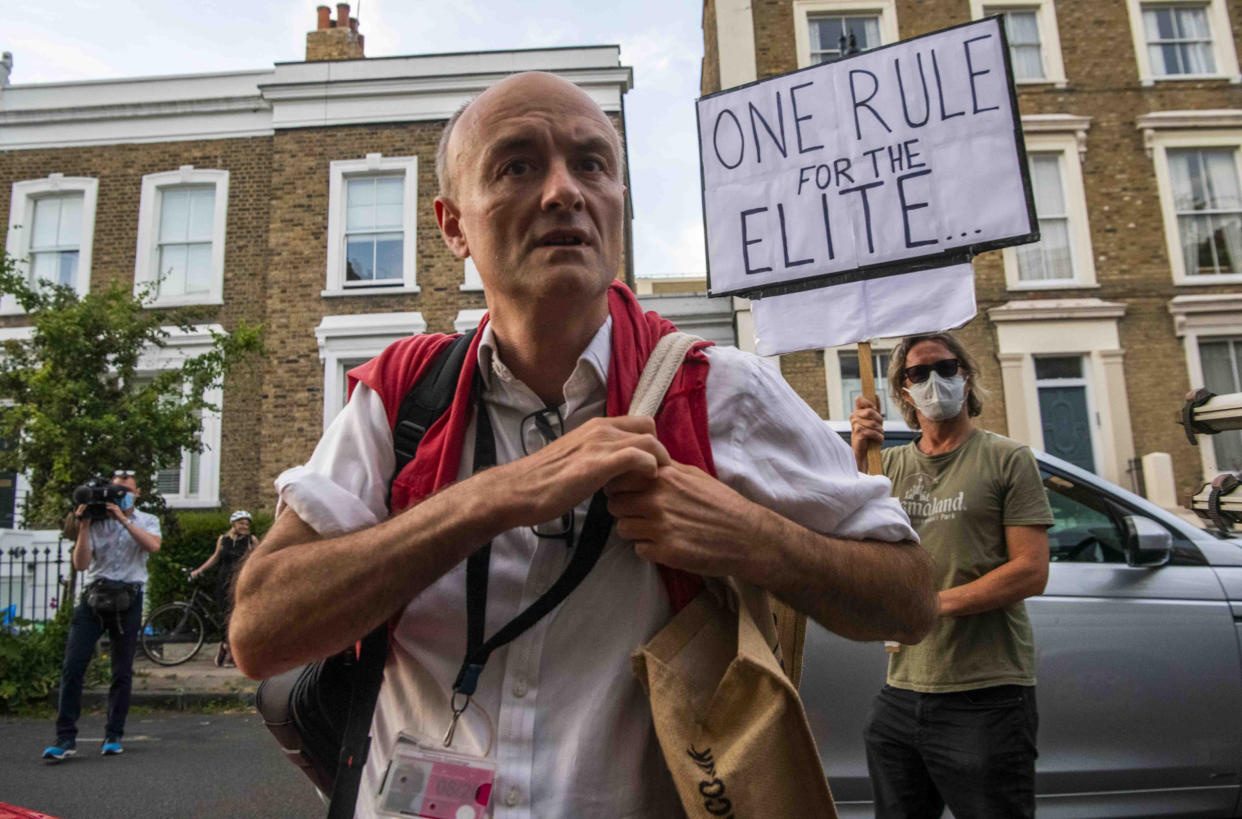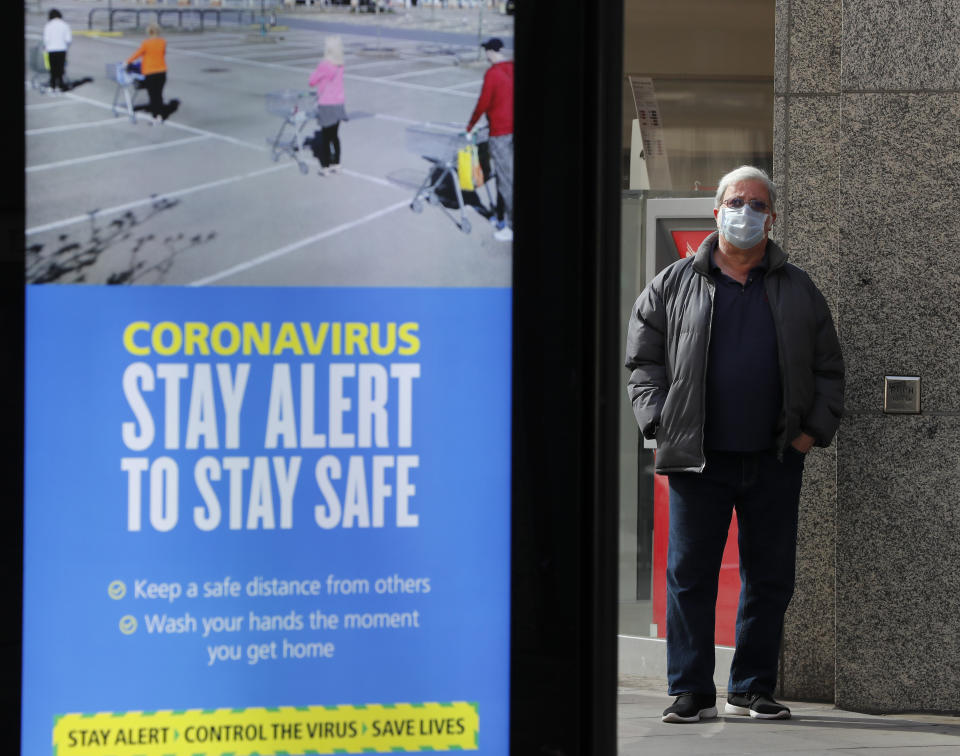Government told coronavirus advice was confusing just days before Dominic Cummings drove to Durham


The government’s scientific advisory group was warned that official coronavirus instructions were unclear days before Dominic Cummings drove to Durham.
In the past few days, Boris Johnson and a series of cabinet ministers have defended the actions of the prime minister's senior aide.
Their statements have been very similar, with Johnson saying on 24 May that “in travelling to find the right kind of childcare... I think he followed the instincts of every father and every parent”.
Cummings said in his remarkable public statement on Monday afternoon that he had to “exercise his judgment” when making the decision.
Despite dozens of Tory MPs saying he should go, cabinet ministers have defended him.
Cabinet office minister Michael Gove said Cummings’ actions were “entirely reasonable” and “consistent with guidelines” while education secretary Gavin Williamson told the BBC that child safeguarding was “at the heart” of government guidance.
Cummings’ actions have led to accusations that he undermined the lockdown rules, which Johnson conceded had created “confusion”.
An advisory document, published online by the government, warned months ago that its coronavirus messaging was not clear enough.
It was discussed at a Scientific Advisory Group for Emergencies (Sage) meeting on 23 March, according to the government, the same day lockdown was introduced and four days before Cummings drove to Durham.
The document, called “Options for increasing adherence to social distancing measures”, criticised official guidance for lacking clarity. It focused on how to ensure people abide by instructions on social distancing.
The critical paper pointed to how phrases being used to warn people to change their behaviour could lead to “confusion”.
It stated: “The guidance currently lacks clarity and specificity with regards to recommended behaviours.
“For example, instead of the phrase ‘try to’, it should just say ‘do’.
“Phrases such as ‘as much as is practicable’, ‘non-essential’, ‘significantly limit’, and ‘gathering’ are open to wide differences in interpretation.
“This can lead to confusion about exactly what people are being required to do (e.g. gathering outside or going for walks).”

Cummings drove up from London to his family’s estate from London to self isolate, which the adviser said was motivated by fears he and his wife could become too ill with suspected COVID-19 to look after their son.
“The regulations make clear, I believe, that risks to the health of a small child were an exceptional situation and I had a way of dealing with this that minimised risk to others,” he said on Monday, while refusing to apologise and insisting he had not breached lockdown.
He also drove 30 miles to Barnard Castle while in County Durham, which he said was to check if he was fit to drive back to the capital.
The government has been criticised for its “stay alert” slogan, replacing the “stay at home” message.
Scottish first minister Nicola Sturgeon did not adopt the slogan for Scotland, describing it as “vague”.
Coronavirus: what happened today
Click here to sign up to the latest news, advice and information with our daily Catch-up newsletter
Read more about COVID-19
How to get a coronavirus test if you have symptoms
What you can and can’t do under lockdown rules
In pictures: How UK school classrooms could look in new normal
How public transport could look after lockdown
How our public spaces will change in the future
Help and advice
Read the full list of official FAQs here
10 tips from the NHS to help deal with anxiety
What to do if you think you have symptoms
How to get help if you've been furloughed

 Yahoo News
Yahoo News 
